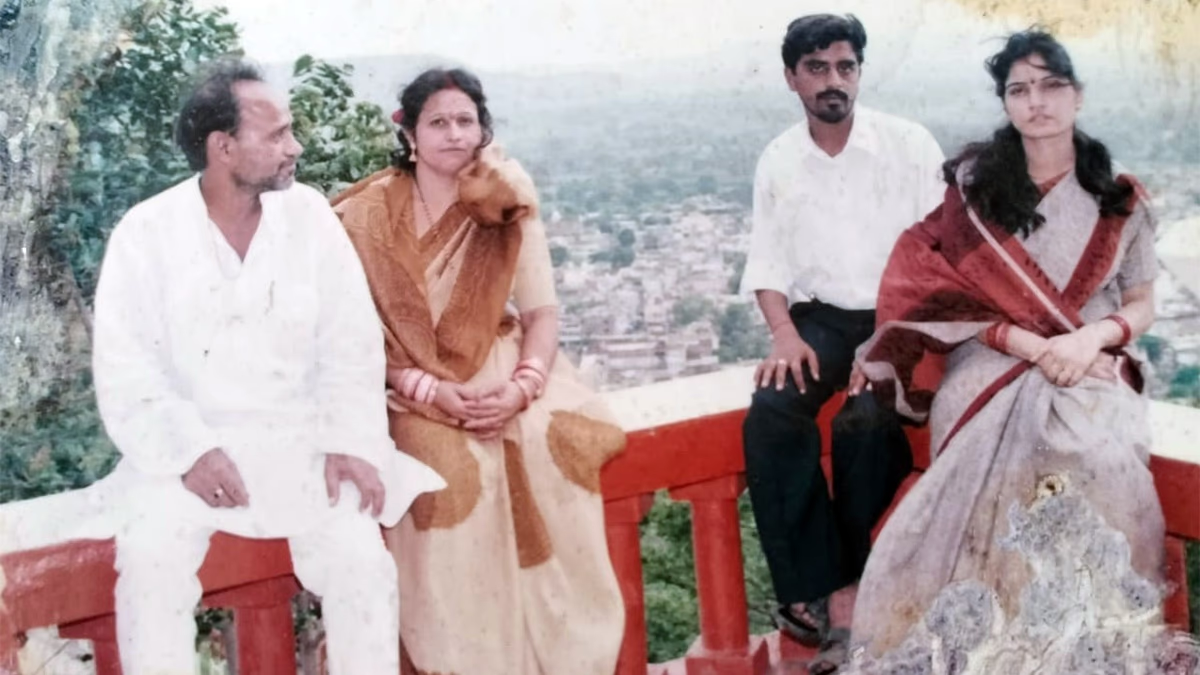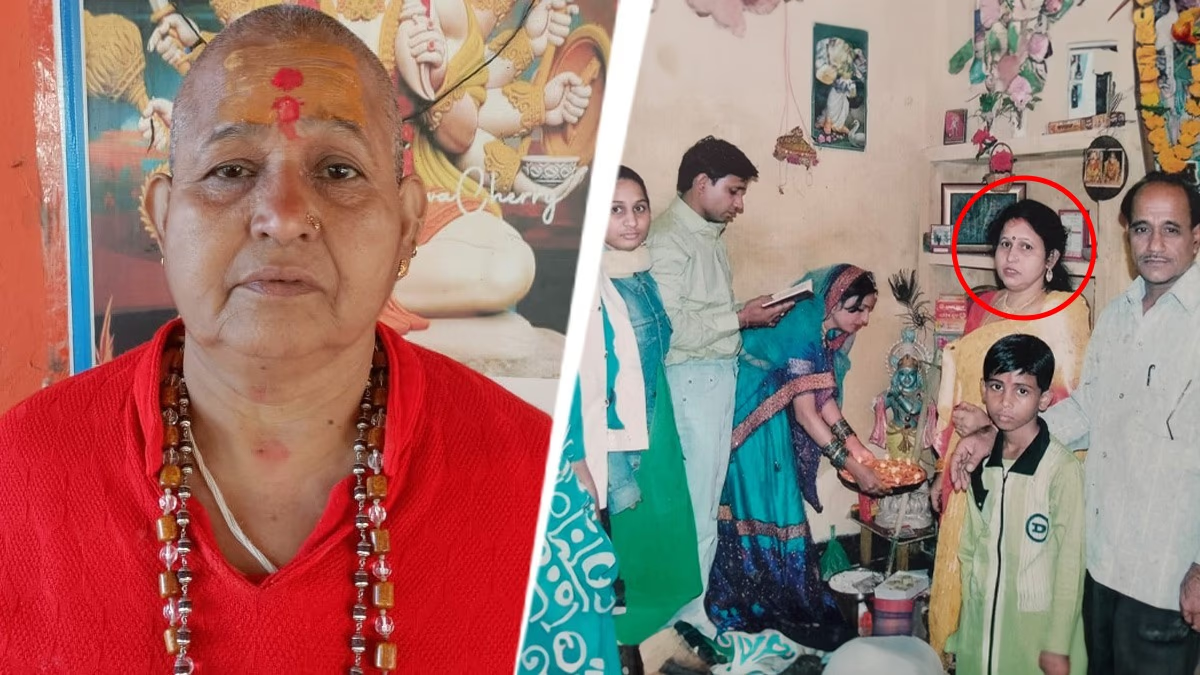From a life of comfort and familial bliss, Manorama Shukla made the profound decision to renounce everything and conduct her own funeral at the Mahakumbh, embracing the ascetic life as a Naga Sadhu. With her spiritual awakening, she earned the title of Raj Rajeshwari. Hailing from Ujjain, Madhya Pradesh, she is now revered as Saint Manorama Bharti. In an exclusive chat with aajtak.in, she shares the profound journey from domestic life to the path of renunciation.
How did Manorama Shukla become Saint Manorama Bharti?
Manorama Shukla led a life similar to many other Indian women: upbringing in Ujjain, studies up to the twelfth grade, followed by marriage in Kanpur where she settled into household life. With two children and familial duties, her days were filled. Yet, her heart was constantly drawn towards spirituality, finding moments for prayer and worship. Her husband's deep faith in Mahakal saw their business shift from Kanpur to Ujjain, providing an atmosphere conducive to their spiritual endeavors. In 2014, at the age of 54, this inclination towards spirituality led her and her husband to an ashram across from the Dutt Akhara. Her journey into renunciation was solidified by taking sannyas at the 2016 Ujjain Kumbh. Following the demise of her husband in 2017, Manorama embarked on her spiritual quest alone.
With a commitment to simplicity, Manorama has kept herself detached from modern distractions like television. Her self-imposed funeral and pind daan on Mauni Amavasya are acts of profound liberation. Rising at 5 AM, she dedicates her mornings to temple chores, devotional singing, and sustenance with what is available. Manorama Bharti travels with the Juna Akhara saints to the Kumbh gatherings across the country, immersing herself in worship and spiritual music with fellow female ascetics. Her guru, Saint Ram Bharti from Buldhana, guides her spiritual path.
Leaving Home 10 Years Ago
Saint Manorama Bharti proclaims that even within domestic life, one can lead a saintly existence. She emphasizes maintaining detachment from worldly allurements while fulfilling household duties. Her shift towards a monastic lifestyle commenced in 2016, when alongside her husband, she sought the counsel of sages, realizing the futility of worldly entanglements. To her, the entire world is now her family, a realization that has brought immense peace and spiritual fulfillment.

Source: aajtak
During Manorama Bharti's pind daan, her family was visibly emotional. Her son, Amrish Shukla, admitted that they had begun addressing her as 'Mataji' a decade ago, as her visits home grew scarce. On the day of her pind daan, it felt like an emotional severing of ties, yet filled with pride for her courage and commitment.
Women choosing the spiritual path, transitioning away from worldly life, undergo rigorous trials to become Naga Sadhus. Donned in saffron robes and marked with a tilak, their lives revolve around intensive worship and meditation. To initiate Naga Sadhuhood, a 10 to 15-year adherence to celibacy is required, culminating in a head tonsure, rites involving sacred river ablutions, and familial pind daan. This ritualistic journey is an ultimate renouncement of worldly comforts, familial ties, and personal desires.




